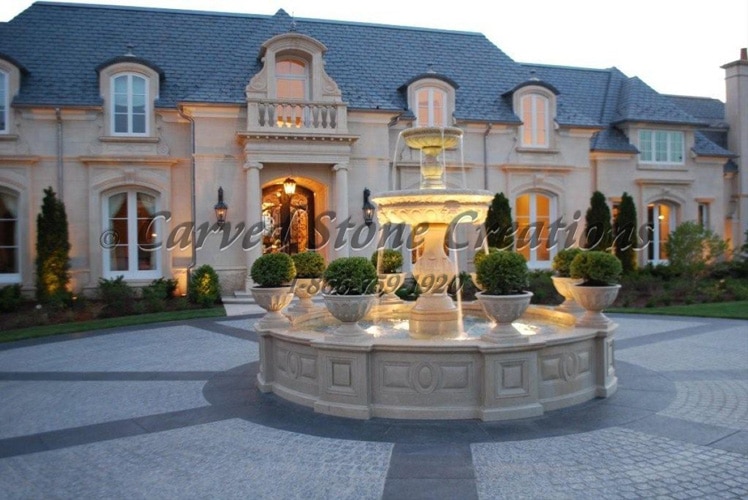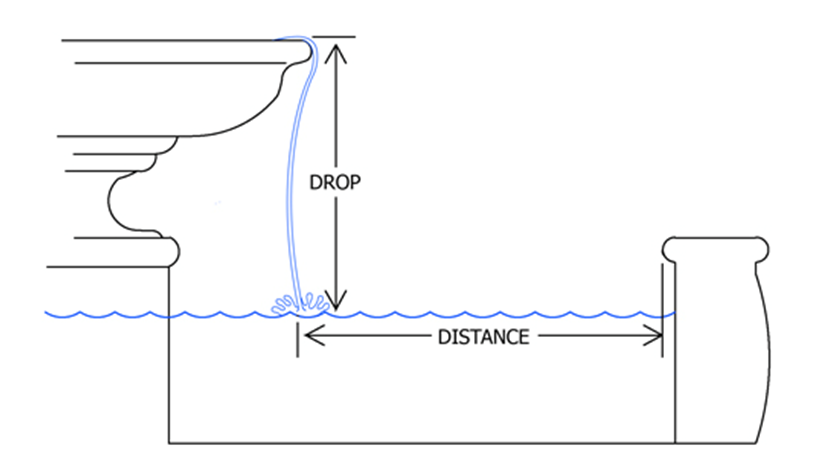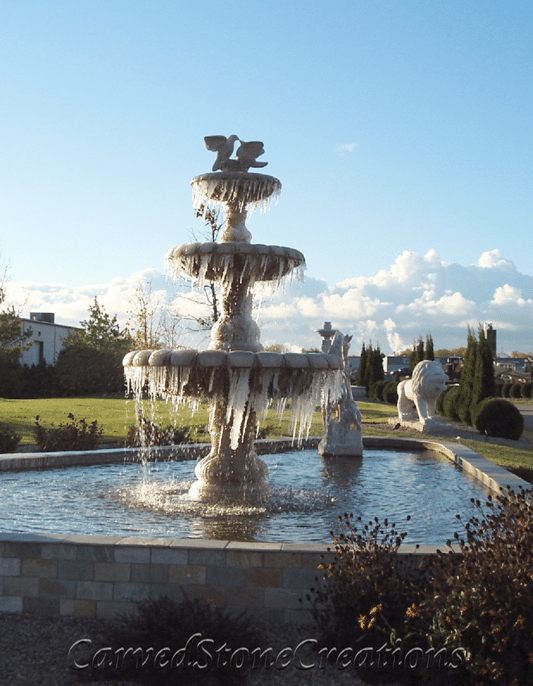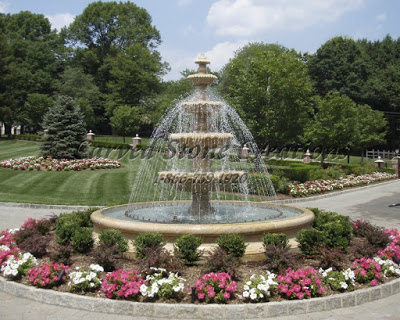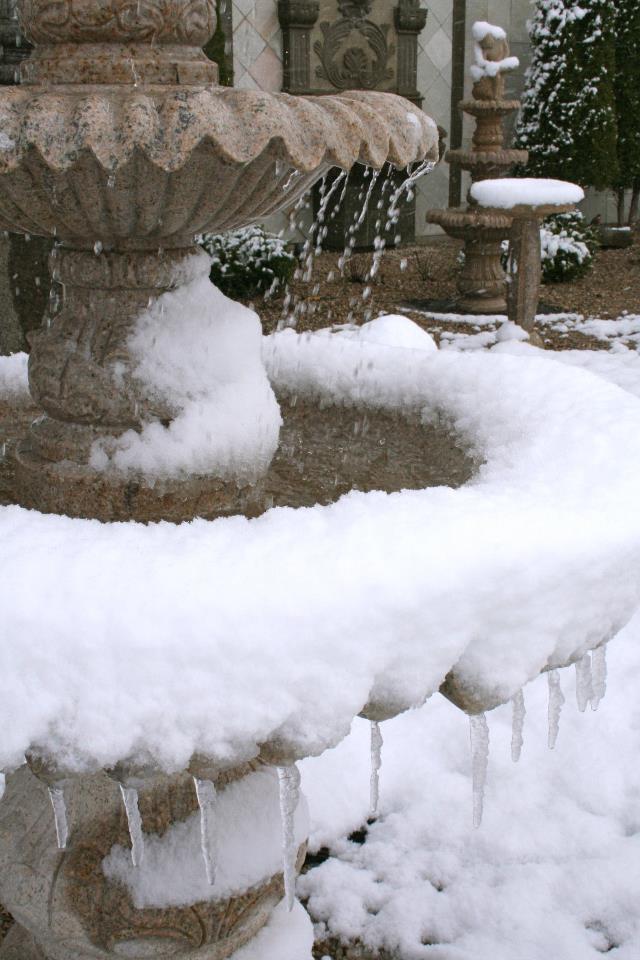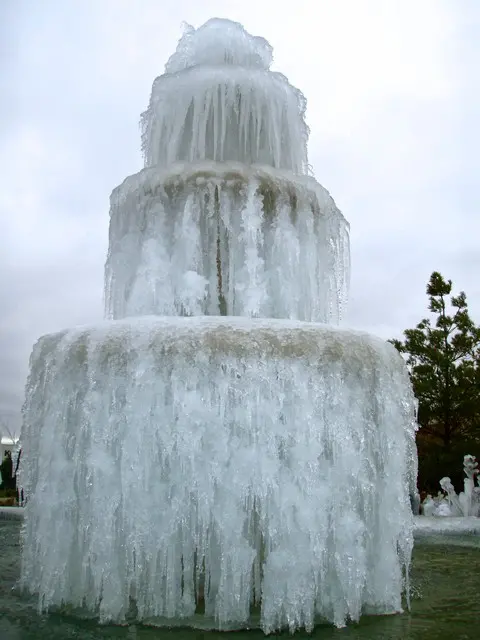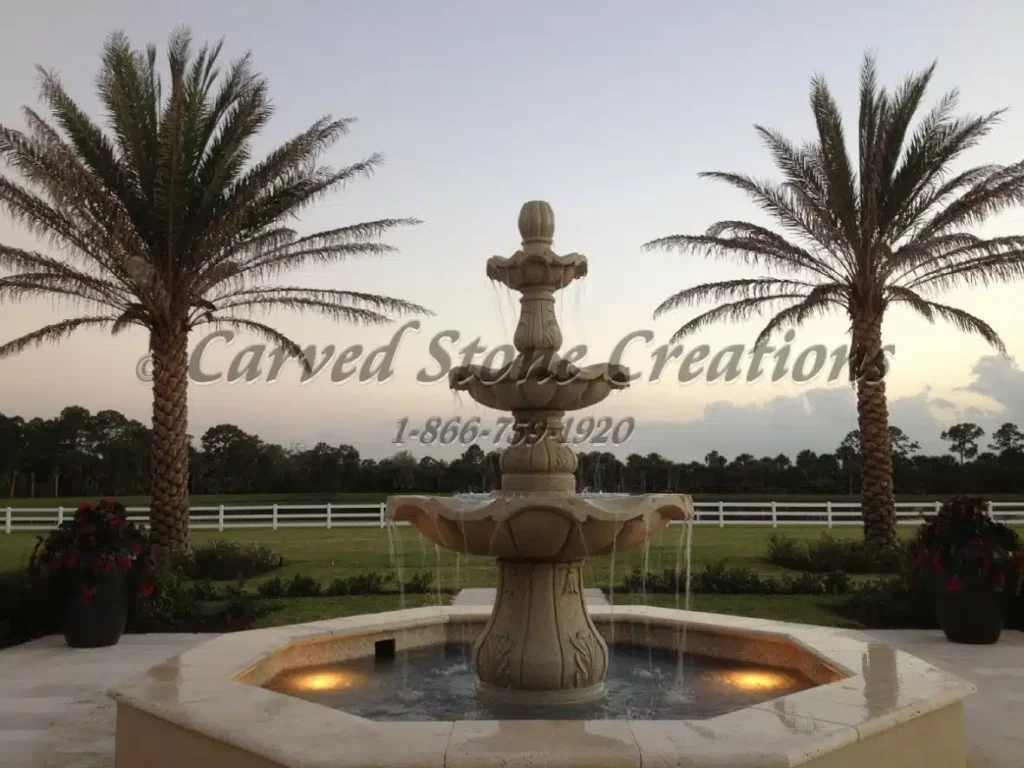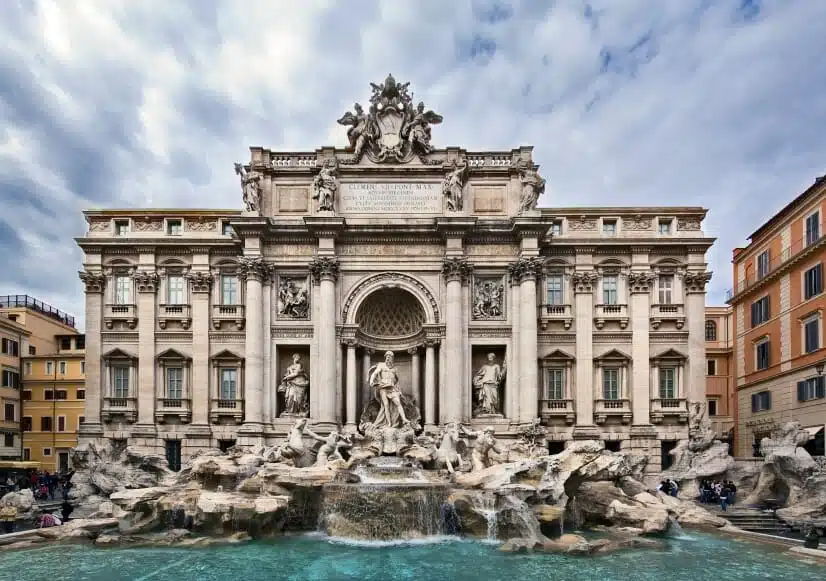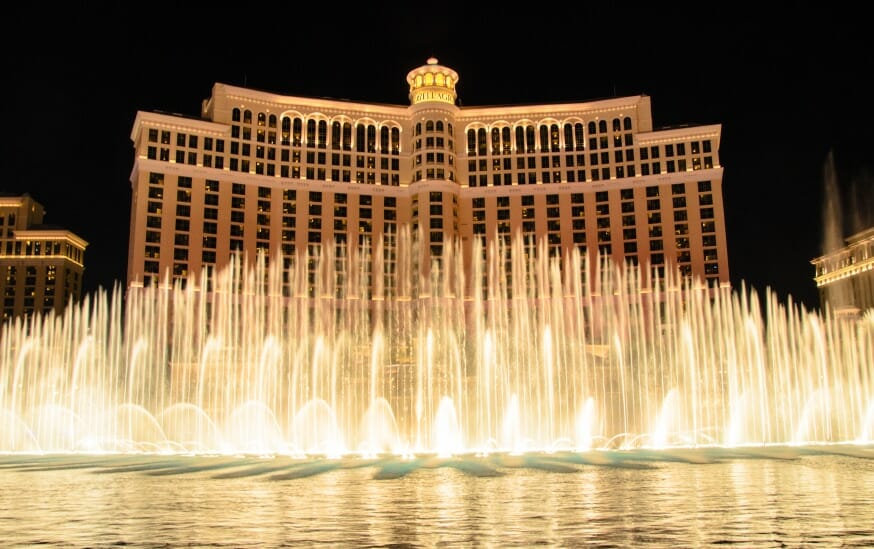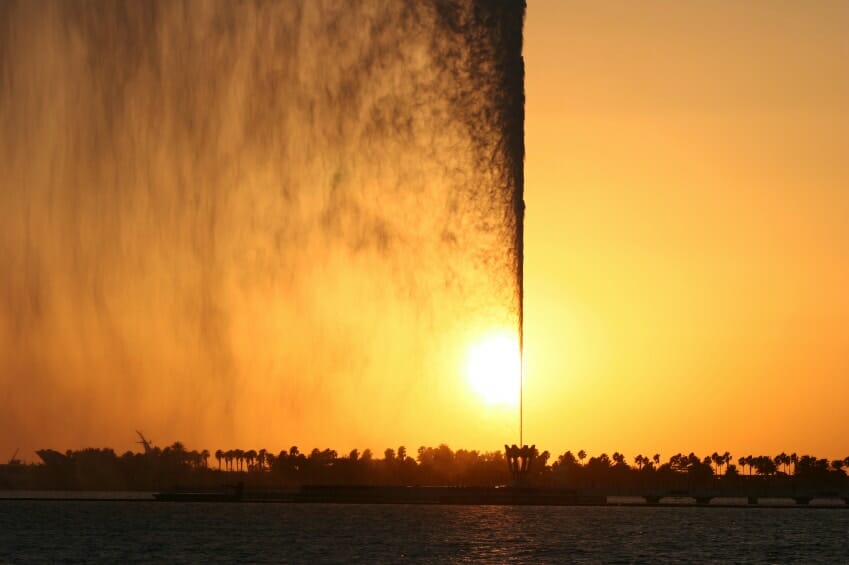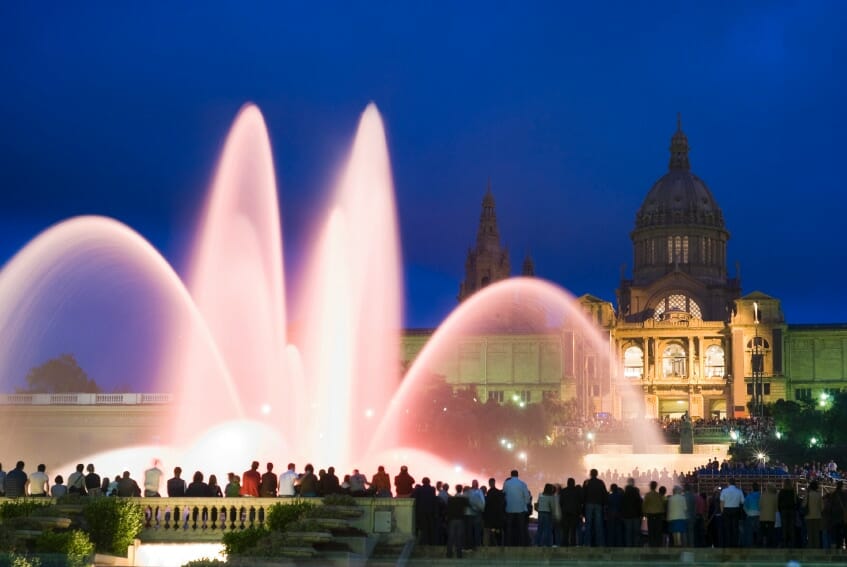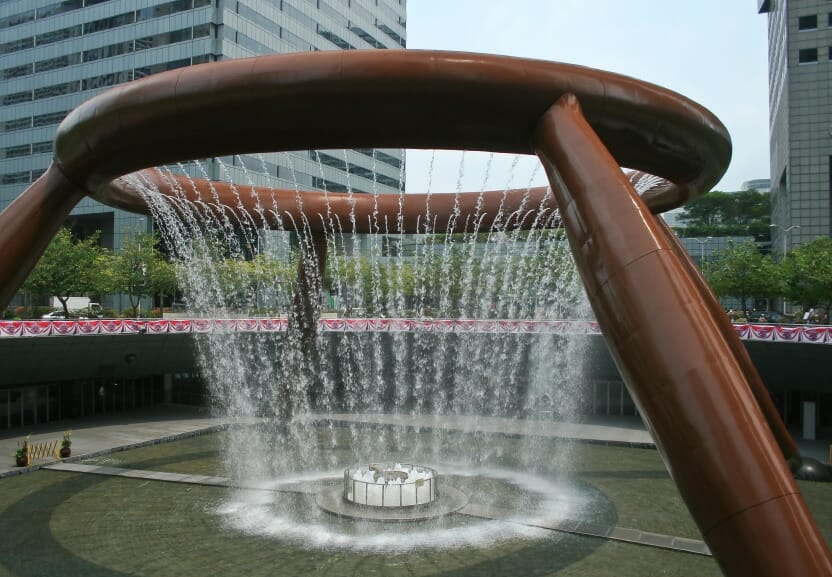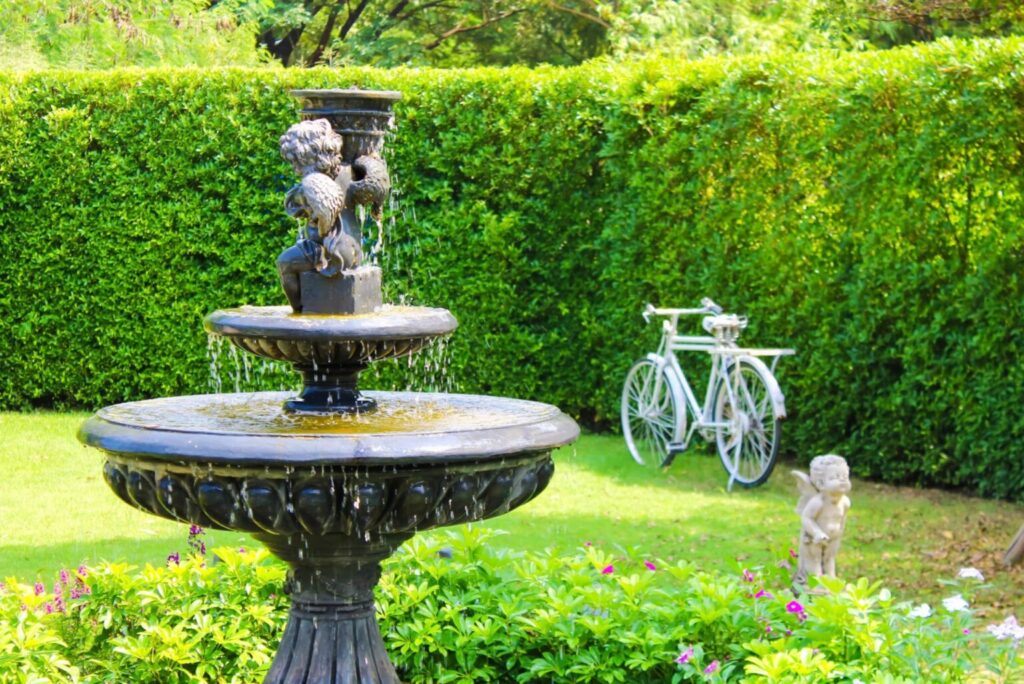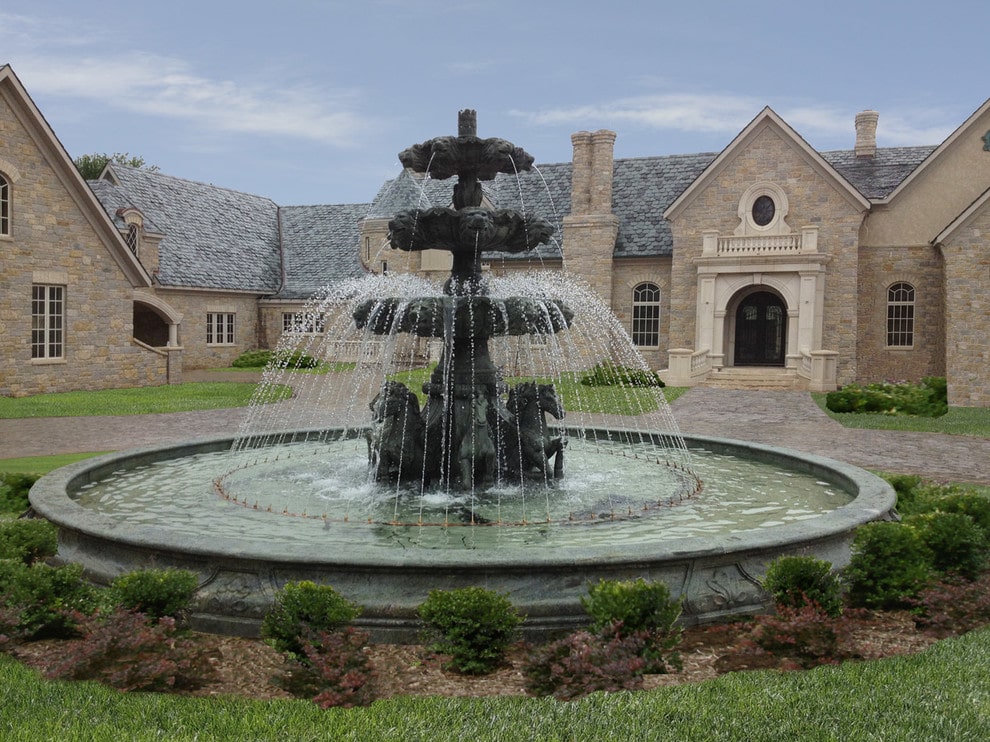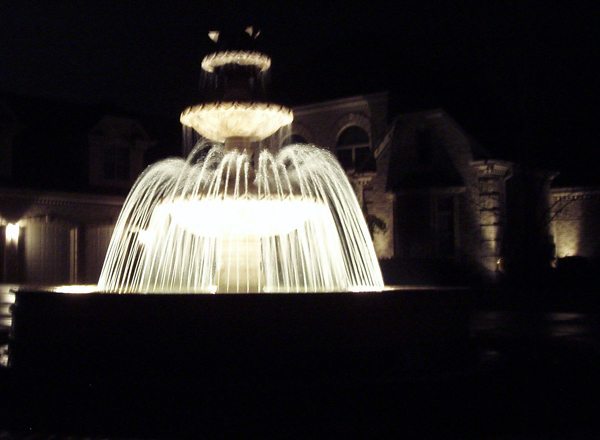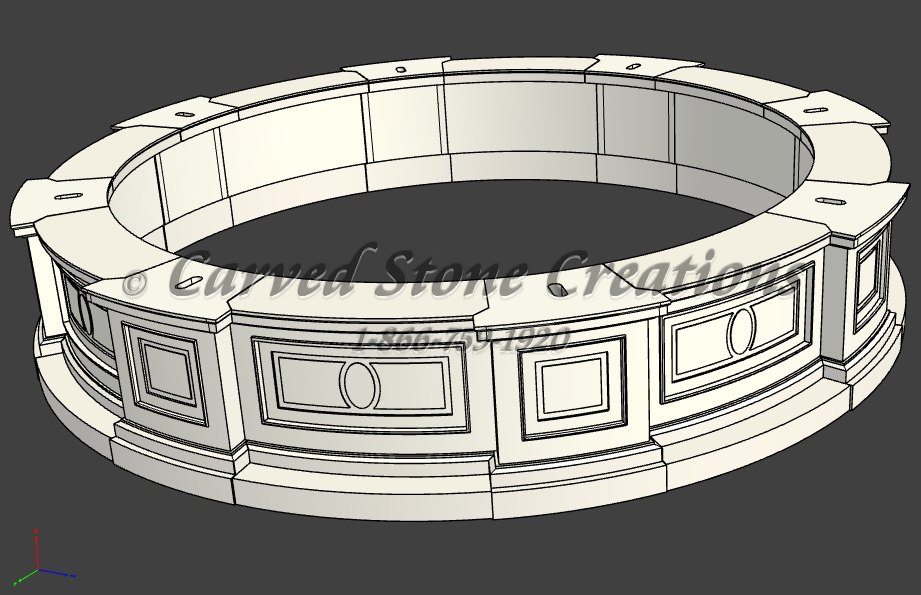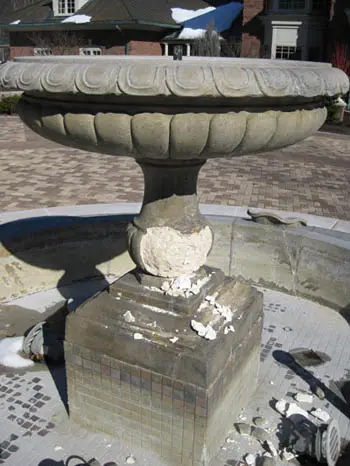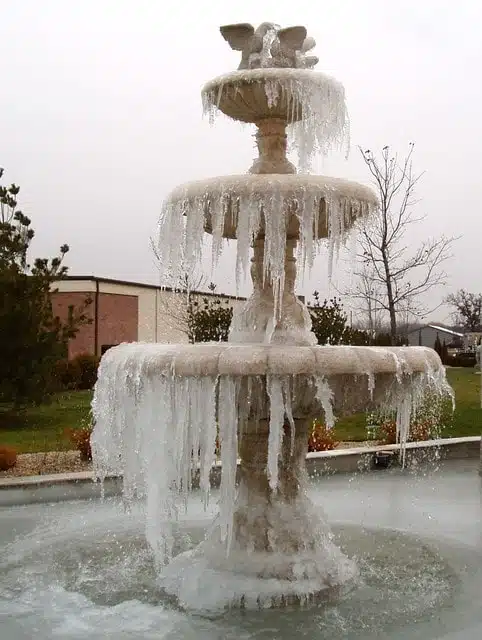4 Accessories For Your Fountain
August 5, 2015
Fountains can be transformed with a few different accessories. Some accessories are necessary for running the fountain, while others are an add-ons that can take your fountain to the next level. Learn more about a few popular fountain accessories:
Pumps
A fountain pump is an essential part of a fountain. Fountains come in many shapes, styles and sizes. The pump you choose depends on the desired height of the water in your fountain and the amount of water flow, size and type of nozzles installed in the fountain.
Spray Rings
A spray ring is a great way to draw attention to your fountain. A spray ring sits around the base of the fountain and sprays water into the basin from adjustable spray nozzles. Adding a spray ring to your fountain is a great way to make a grand look while adding the soothing sound of falling water. Spray rings work best on fountains with a larger basin to contain the splashing.

Pondless Basins
Some fountain styles don’t have a basin included in the design. Pondless basins are a great option for fountain styles that don’t have a basin or for a more natural look. Pondless basins, also called disappearing fountains, allow the water to appear like it is flowing up out of the ground and cascading down the sides of the feature back into the gravel below. The pump and basin are completely hidden from view.
Underwater Lights
Underwater lights make the fountain water appear to glow at night. There are white lights and colorful lights available to install in the fountain basin for a customized look. Honestly, we recommend the more classic warm white LED light look, rather than color-changing LED lights. (The reason for that is that though they start OUT all the same color, over time the lights tend to get out of sync, and then one is green while another is red, etc – so they start to look bad.) We have both larger 9 Watt Underwater LED lights (to use in the deeper water of a fountain pool) as well as smaller 3 Watt LED lights (which are better for the shallower water bowls of a centerpiece.)
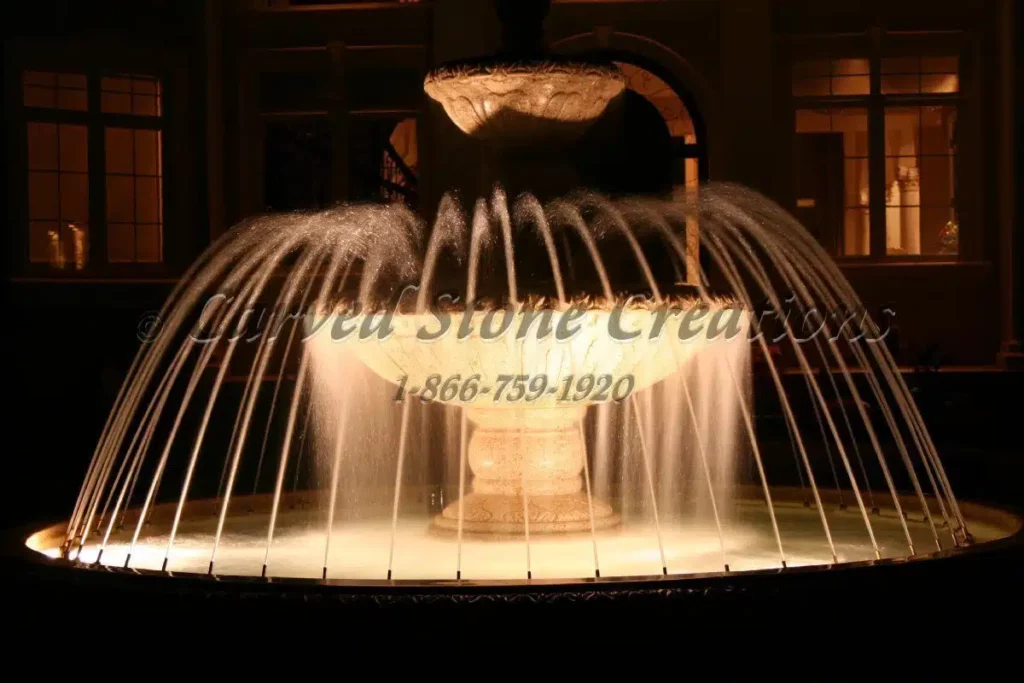
Consider adding one or all of these accessories to your fountain. If you need help choosing the right accessories for your fountain, please contact us.
